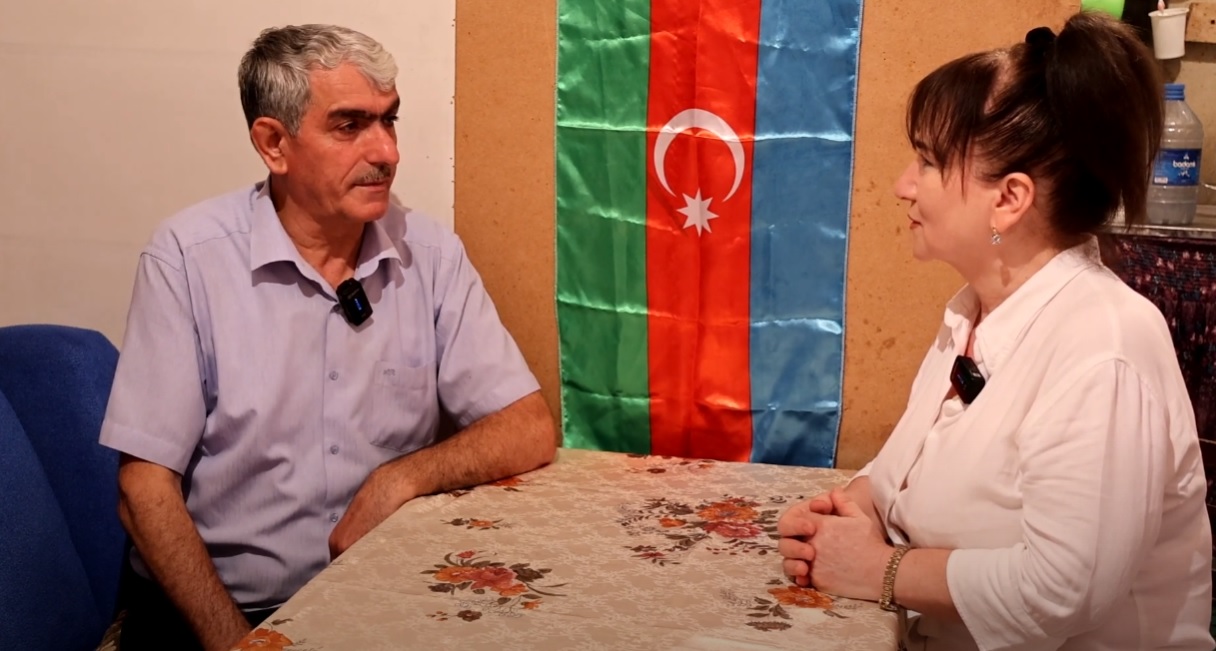A team of archeologists have discovered the ruins of what appears to be a 4,000-year-old ceremonial temple buried in a sand dune of northern Peru, alongside skeletal human remains which may have been offerings for religious rituals, Reuter reports.
The ruins were discovered in the sandy desert district of Zana, in the South American country's Lambayeque region, a short stretch from the Pacific Ocean and some 780 km (484 miles) north of the capital Lima.
"We are still waiting for radio-carbon dating to confirm the date, but the evidence suggests this religious construction could be part of a religious tradition of temples built on Peru's northern coast during that period," said Luis Muro, an archeologist from Peru's Pontifical Catholic University who led the research.
Muro's team found the skeletal remains of three adults between the walls and bases of what was once a multi-story structure, one of which was accompanied by offerings and possibly wrapped in a kind of linen or clothing, he said.
One of the temple walls sports a high-relief drawing of a mythological figure with a human body and a bird's head, a design which Muro said predates the pre-Hispanic Chavin culture which populated the central Peruvian coast for over half a millennia from around 900 BC.
Muro said remains of what might have been another temple were found in another excavation nearby, this one belonging to the late Moche culture, which arose about 1,400 years ago across the country's northern coast.
Northern Peru is home to the ruins of ceremonial complexes such as the Sacred City of Caral, about 5,000 years old, while southern Peru's Ica region hosts the Nazca lines, mysterious geoglyphs carved into the desert more than 1,500 years ago.
Peru's most prominent archaeological site is the Incan citadel Machu Picchu, nestled in the mountainous Cusco province, a World Heritage site which was built in the mid-15th century.


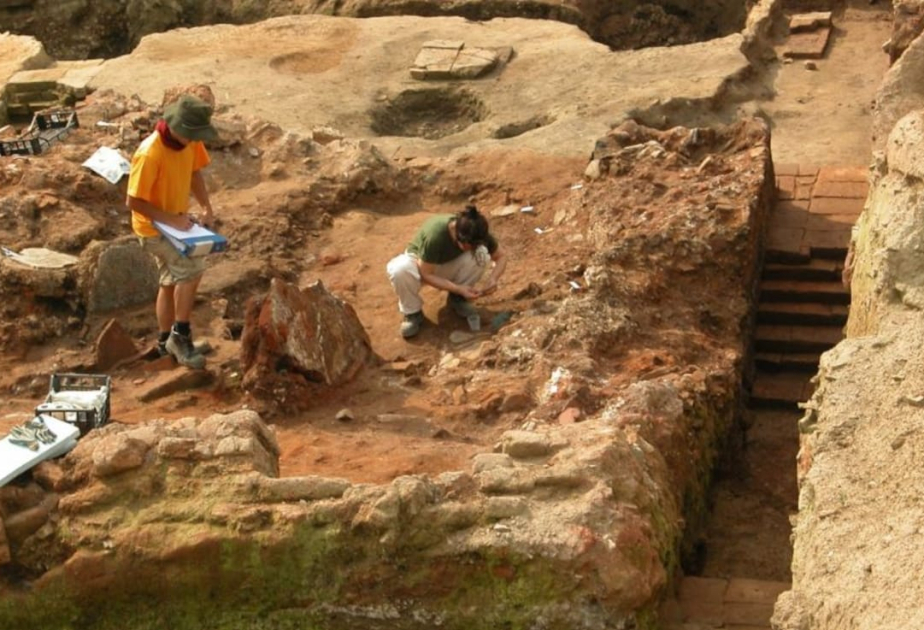
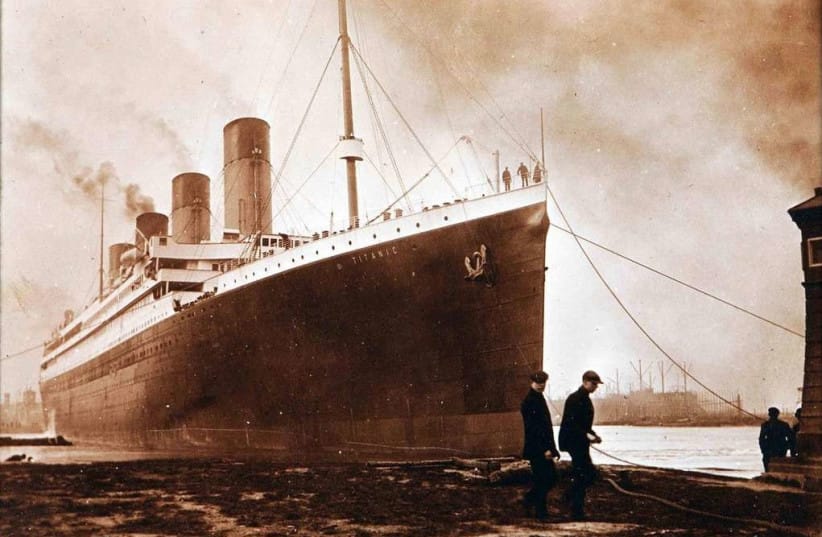

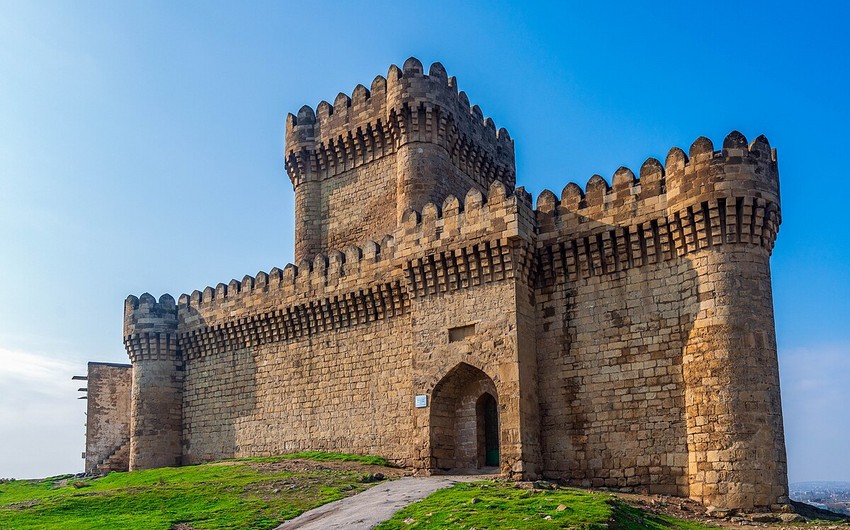
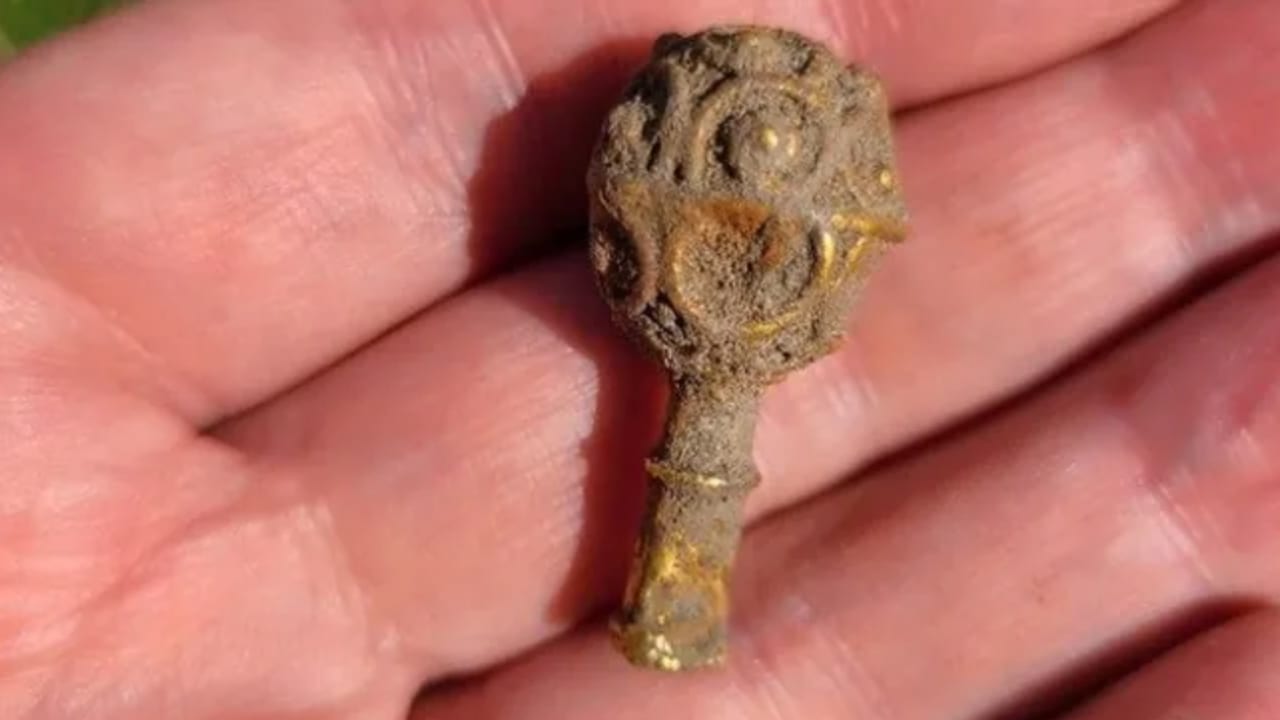

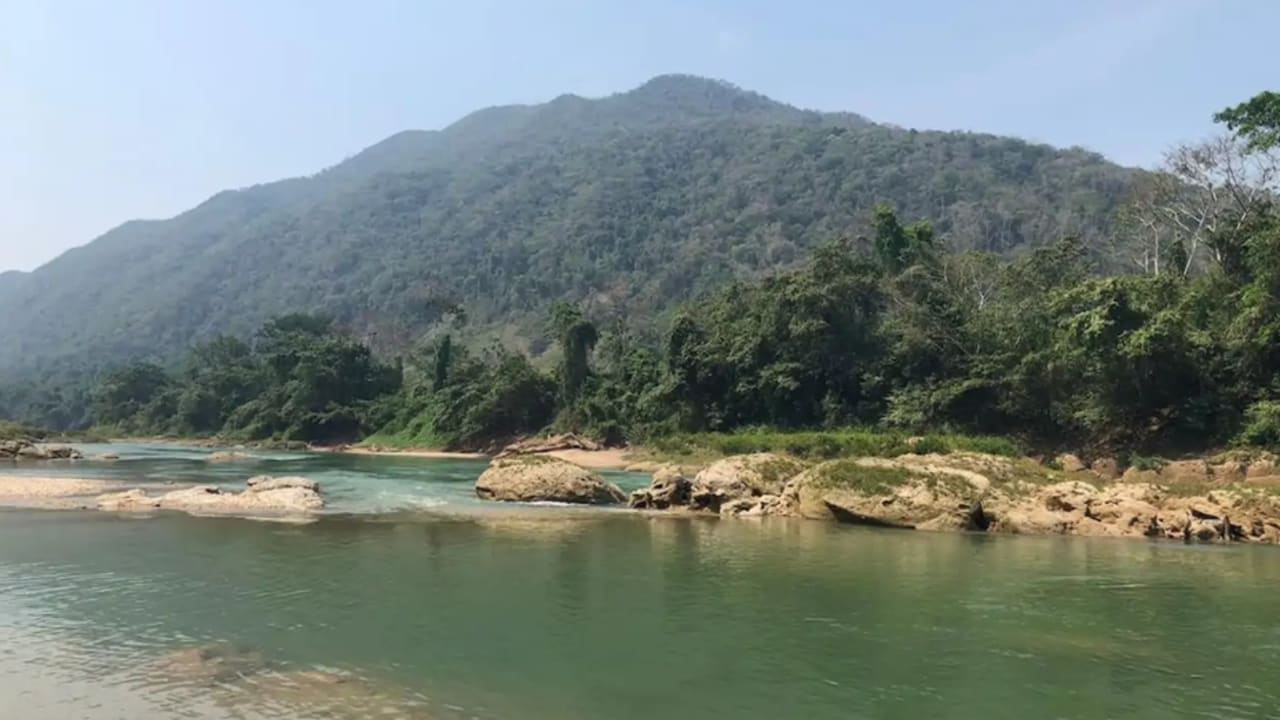
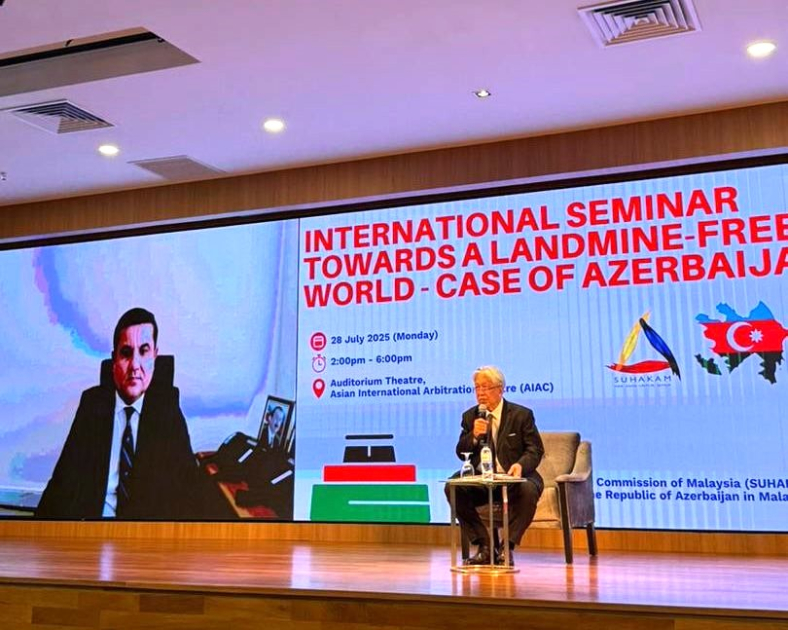

.jpg)


